Monday
Woke up this morning feeling great and ready to do something so we decided a road trip would be fun.
Our first stop was the mud volcanoes:
So what are they you ask. Well here is an explanation from an internet site:
What are the mud pots and mud volcanoes?
Mud pots and mud volcanoes are caused by liquids and gasses bubbling to the surface of the earth and bringing up mud. The mud pots and mud volcanoes at the Salton Sea are caused by water seeping through the earth to an underground layer of limestone, dissolving it, and producing (among other things) carbon dioxide gas. The carbon dioxide then returns to the surface bringing up mud, minerals, and some oil. In most places where the carbon dioxide reaches the surface a small craterlike depression is formed that becomes filled with mud or water through which the carbon dioxide bubbles. These are known as mud pots and there are hundreds of them around the east side of the Salton Sea. Some mud pots are only a couple of feet across while others are over 100 feet across. The mud volcanoes are slightly different and only occur in one location. Here the mud has piled into mounds that hiss and bubble and erupt mud. Geologists call small mud volcanoes like these mud cones or gryphons. They look like volcanoes from a strange alien landscape and smell a bit like diesel.
And they were percolating. We have not yet found many mud pots. There is supposed to be an area here that has a lot of them and someday (when it is drier) we will find them.
We drove past a few of the geothermal plants.
The San Andreas Fault is thru this area which means that the Earth’s magna is closer to the Earth’s surface. So as water seeps into the ground, it heats up and that energy is being tapped (there are also many hot springs here too – :-))
Our next stop was the Sonny Bono NWR. There are a few units of this refuge around the Salton Sea. The refuge was set up because the Salton Sea is a major resting stop on the Pacific Flyway, funneling in birds as they migrate along their north-south routes. Nearly 400 species of birds have been documented at the Salton Sea, which is almost half the total species of birds known to live in the US. About 3 million birds use the Salton Sea every day. (Yes I copied that but I have pictures.)
We came around a corner and saw hundreds of these birds.
A little further down the road there was an observation platform. As we climbed the stairs, all those birds took off – it was amazing to see:
And then they all settled down. This is a birder’s paradise.
More views from the platform (the smoke you see is from the geothermal plants):
We continued on our trip along the west side of the Salton Sea and stopped at Salton City.
Now here is what is really sad. Salton City was to be a big resort town but when the issues started happening with the sea, the resort area did not happen. The city has all the streets laid out but not many houses. The above 2 pictures are of the marina and boat launch area – as you can see, not much happening. Here is some more info from an internet site:
What is the Salton Sea?
The Salton Sea is an inland saline lake that lies within both Riverside and Imperial counties. The lake covers a surface area of about 380 square miles, making it the largest lake in California. Like Death Valley it is located below sea level, with the surface of the Salton Sea currently at about 228 ft below sea level. The deepest part of the sea is 51 ft, which is only 5 feet higher than the lowest point of Death Valley. The sea is saltier than the ocean at around 45,000ppm, seawater is around 35,000ppm. The creation of the Salton Sea began by accident in 1905 when heavy rainfall and snowmelt caused the Colorado River to swell and breach an Imperial Valley dike. It took nearly two years to control the river flow into the dry Salton Sink. The sudden influx of water and the lack of drainage from the basin resulted in the formation of the Salton Sea. The Salton Sea is the only saline lake in the world with a
resident barnacle. The striped barnacle was most likely introduced to the sea on navy seaplanes and buoys in the 1940's. You’ll see the shells of the barnacles covering the beaches of the Salton Sea. The lake also has many fish including Tilapia and Corvina, as well as a huge population of migratory birds. Many myths exist about the Salton Sea being polluted or that it’s drying up, but these are not true. Six feet of water evaporates from the sea each year, but this is offset by six feet of water flowing into the sea annually from rivers and agricultural runoff, so the water level remains fairly constant. The sea does not have any significant levels of pollution either. The massive fish and bird die-offs you may have heard about are not caused by pollution. Fish die here in summer because the high temperatures, combined with the sea’s high salinity, causes the oxygen level in the water to drop,
killing the fish. Birds die off because of natural diseases, or from botulism caused by eating the dead and dying fish. Despite these facts many people, even those who’ve lived by the sea for years, still believe the sea is polluted. The bad news is that regardless of these untrue myths, the Salton Sea is “dying”. Four million tons of salt flow into the sea every year but the lake level stays the same, so it’s getting saltier, and when the salt level reaches 60,000ppm the sea will stop supporting life and become “dead”. Many solutions have been proposed to save the Salton Sea such as diverting the Colorado River into it again or building a sea level canal from the Gulf of California, but none have received any support. It’s disappointing that such a huge fish and wildlife resource as the Salton Sea will probably become a dead sea.
Why all these ruins?
From about 1950 onwards the Salton Sea became a major tourist resort area, sometimes referred to as the “Salton Riviera”, California’s equivalent of the French Riviera. People flocked to the sea from far and wide for the incredible fishing and water skiing. A lot of money was spent building facilities and resorts in the area. However by the late 1970s storms, flooding, mismanagement and other mishaps had taken their toll on the resorts. Salinity in the sea rose, fish and bird die-offs began to scare people away, and the myths
about pollution in the sea caught on. By 1980 any hope of a return to the boom era was gone. Eventually the Salton Sea was forgotten and Palm Springs became the resort town of choice for people from the California coast. Congressman Sonny Bono (of “Sonny and Cher” fame) made a commitment to save the sea in 1997 but was killed in a skiing accident in 1998. Few solid commitments to save the Salton Sea have been made since then. The ruins you see around the Salton Sea today are the relics of those early boom days. A timeline of the amazing history of this strange lake can be found here:
http://www.saltonsea.ca.gov/histchron.htm
The area around the sea is beautiful and it is so sad to see it go downhill.
We had lunch on the outskirts of Salton City and then headed back where we found a note on our door for a spaghetti dinner. Mary and Rich had a dinner for about 30 people. We had a great time and finished the evening chatting around the campfire. (Thank you, Mary and Rich)
Tuesday
Not much to say about today. It was laundry day and the rain and thunderstorms started at supper and continued throughout the evening. With all this rain, the desert flowers will be beautiful.
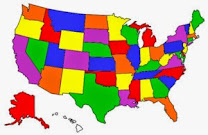


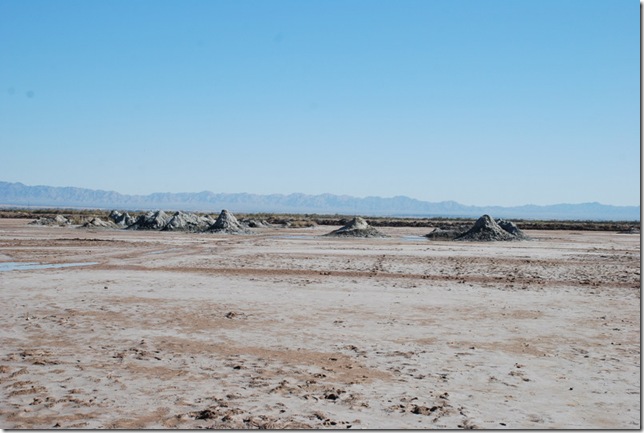


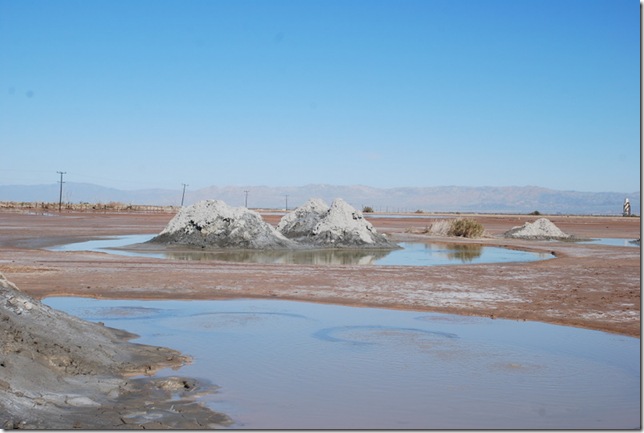

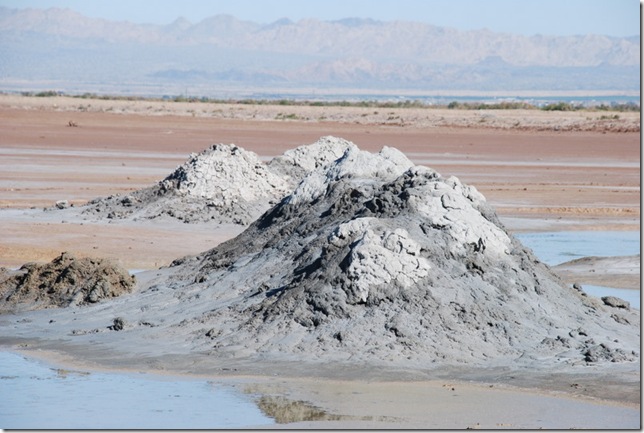


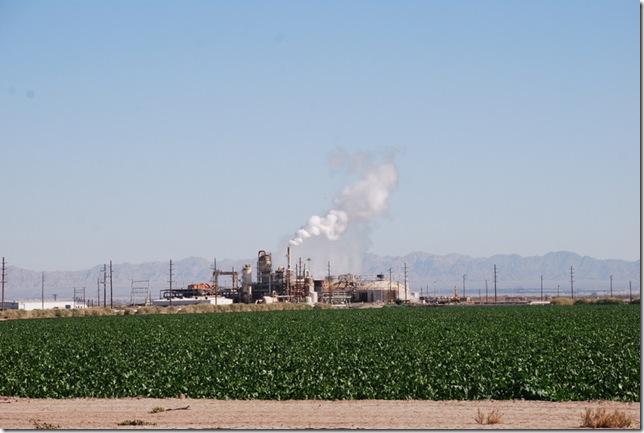
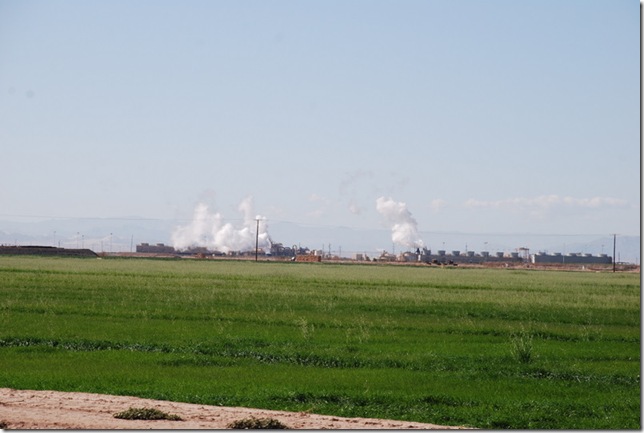
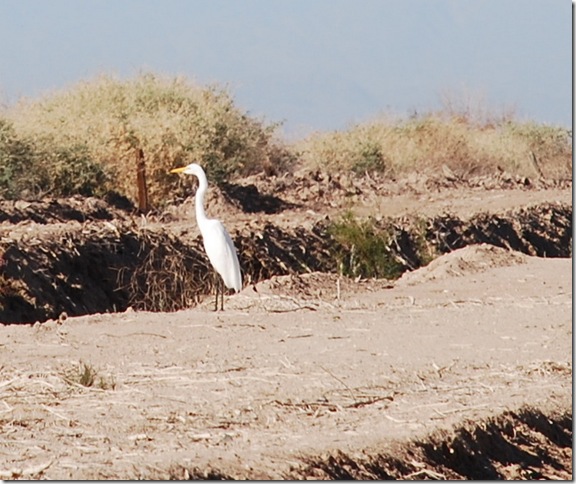
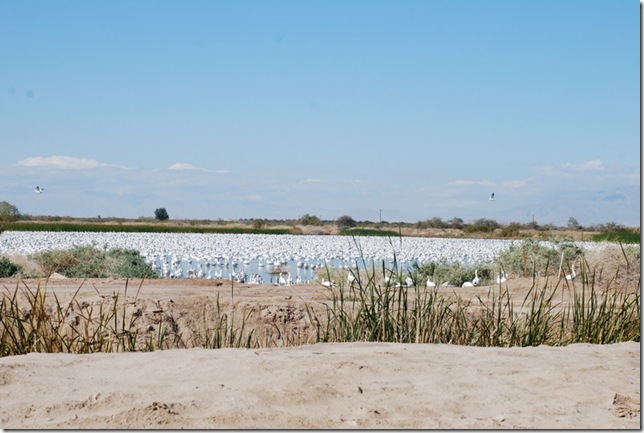
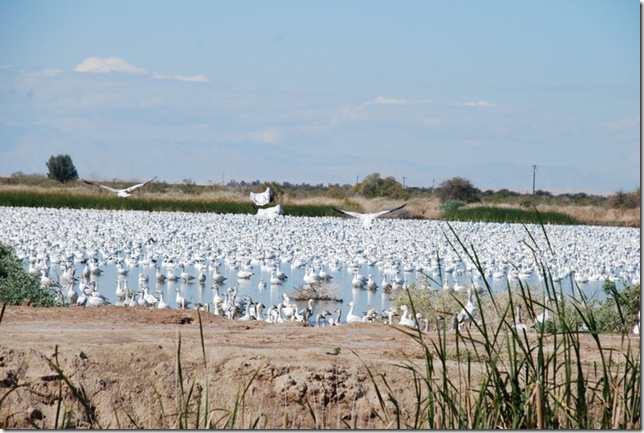
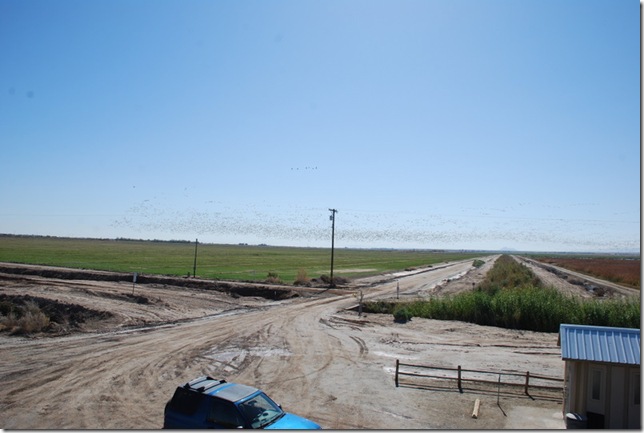
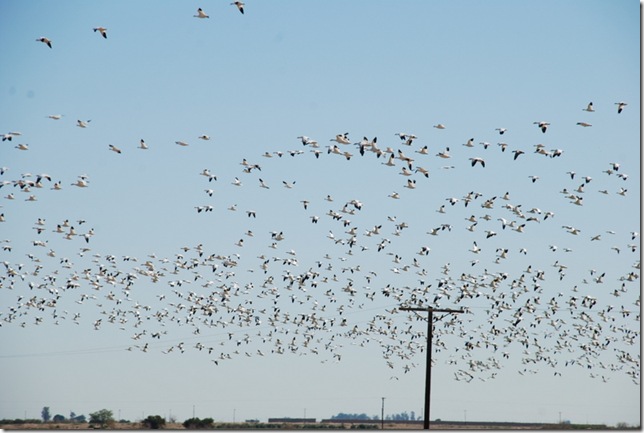
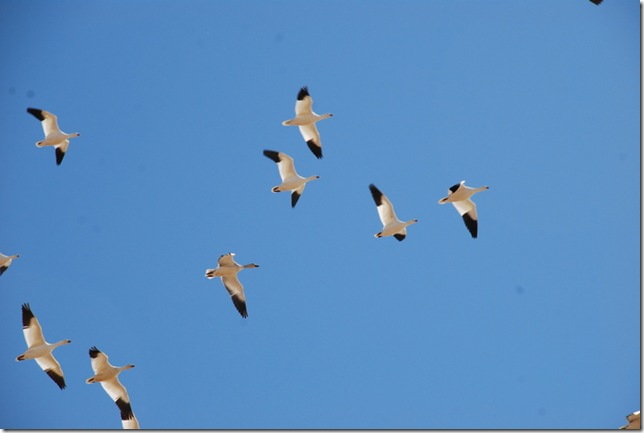
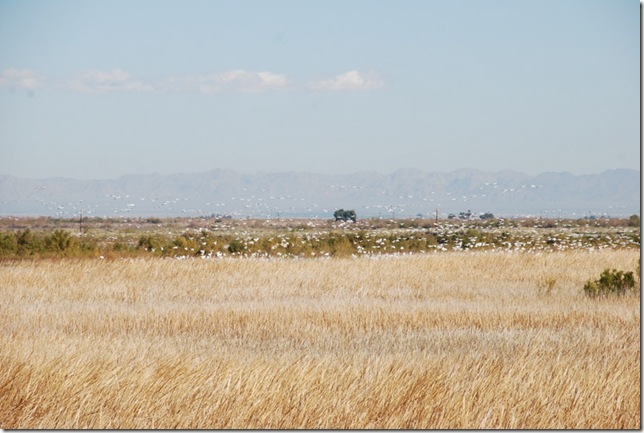
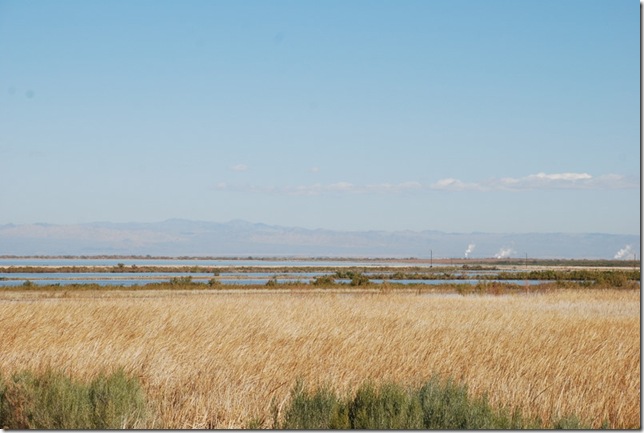
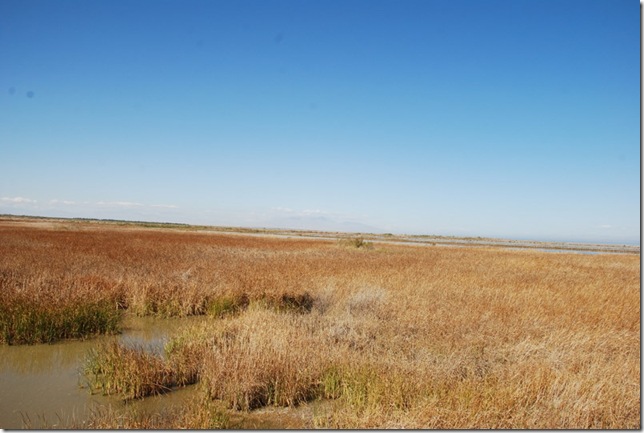
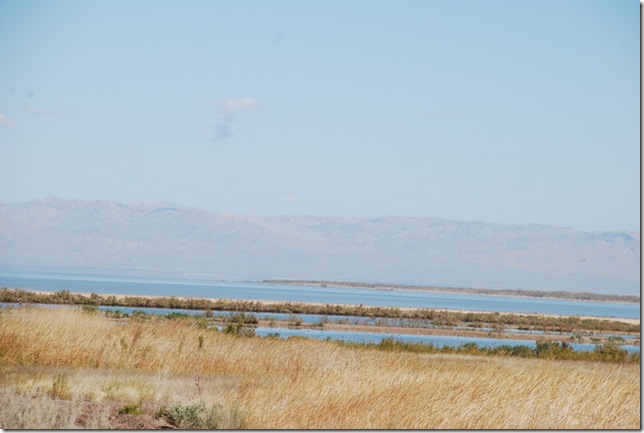
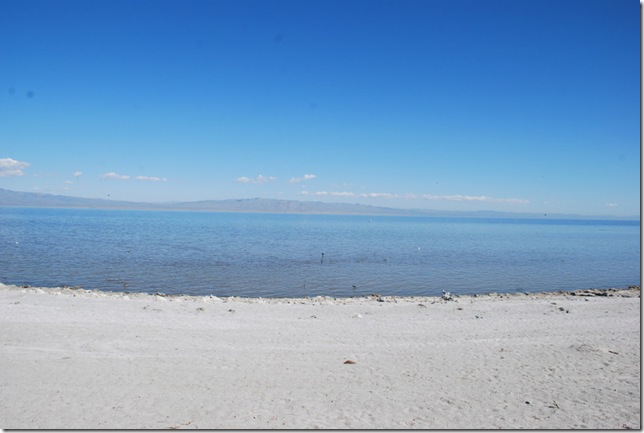


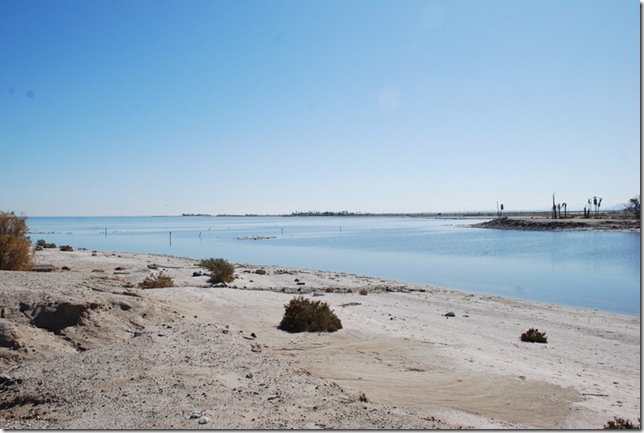
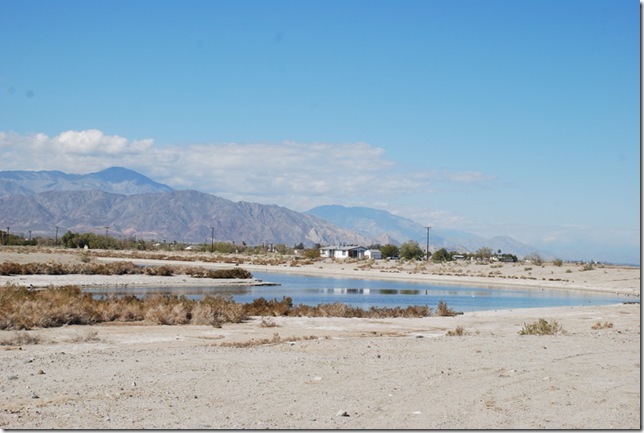
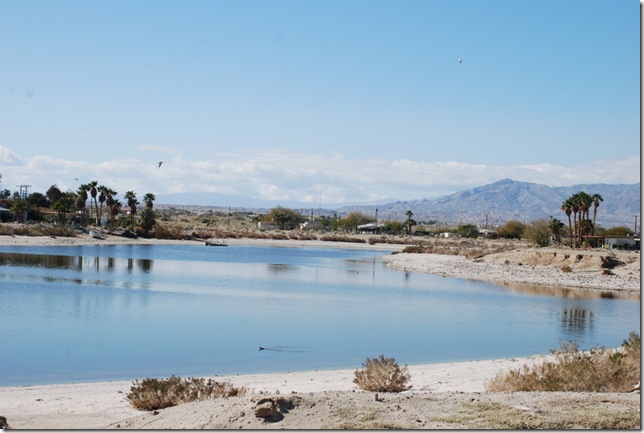


1 comment:
GREAT photos and wonderful information on the Salton Sea area. Very interesting!
Yes, Mary sure is a GOOD COOK! We have known each other quite a while now. Give her a hug from us?
Karen and Steve
http://kareninthewoods-kareninthewoods.blogspot.com/
Post a Comment